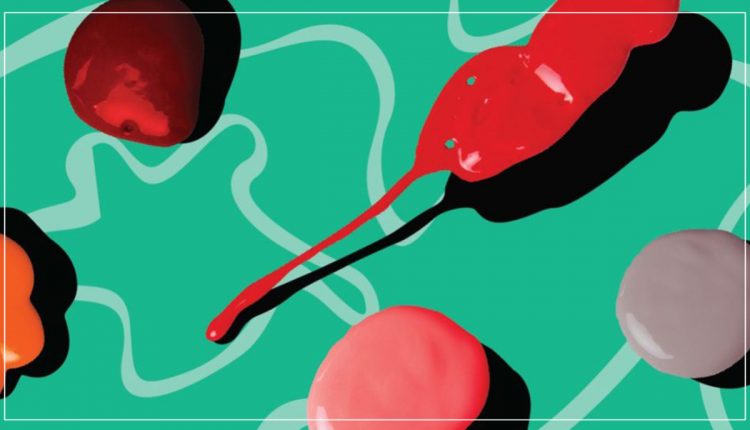
What Your Period Tells about Your Health
The most hated time of the month for a girl, when Aunt Flo comes to visit. Cramps, mood swings and weird cravings are the few things that you experience at that time of the month. Menstruation is a journey from puberty to menopause, which usually begins at the age of 12 and lasts for around 45 years of age on average but can vary from person to person. The period is basically shedding of the uterine lining that exits in your vagina in the form of blood. Since this cycle runs solely on hormones, it can reveal great details about your health and inner mysteries of your body
Frequency of Your Period
Your period, on average, can last for around 3-5 days and come in every 28 days. During this cycle your uterus is prepared to be an ideal site for an egg implantation aka pregnancy. When this fails to happen, your well-prepared uterine lining starts to shed in order to redevelop itself in the next cycle. Irregularity in your cycle is very common and is caused by hormone fluctuations, most commonly during your 20s. As we age, our periods becomes more regular. However, a periods that lasts longer than 7 days may be a result of stress, extreme weight loss or maybe a side effect of some drug.
Flow of Your Period
Heavy menstrual bleeding, also known as menorragia, can be indicative of many things. Although, it may not seem like it, a person only loses less than a cup of blood during one periods. A heavy bleed can cause iron deficiency anemia in the person which can lead to lethargy, weakness and pale skin. Some other indications include endometriosis, uterine fibroids, polyps or tumors of the vaginal or cervical region. On the other hand, an abnormally light periods may be caused by conditions such as poly cystic ovaries and certain auto immune disorders. However, they could be a result of extreme stress or certain drugs.
Colour of Your Period
As disgusting as it may be, take a closer look at the contents and color of your periods. Blood is not the only component, your period may also contain glandular tissue of the uterus. A periods that is darker and clumpier in appearance indicates high level of estrogens in the body. This also means your cramps will be more painful. On the other hand, a lighter, pinker periods may indicate low estrogen levels that may lead to hair fall, low libido, vaginal dryness and a delayed period. A normal period has the appearance and color of ‘cranberry juice’ and usually comes and goes on time.
Absence of Your Period
Absence of the period most commonly indicates pregnancy. However, if you’re not pregnant and your periods has not been coming for a few months, we are looking at a different problem. Women, who take birth control pills, can experience this. Women with too much body fat, who exercise too much or those who are obese, may also experience a lack of periods for as long as 6 months as a time.
Painful Period
A painful periods or dysmenorrhea is usually caused by excess prostaglandins in the uterus that cause contraction of the uterus, which helps expel the lining from the body. These prostaglandins can be consumed from fatty food and red meat. Therefore, a low fat diet can help ease the cramps. Another reason for painful cramps can by poly cystic ovaries. This can be managed with medications.

